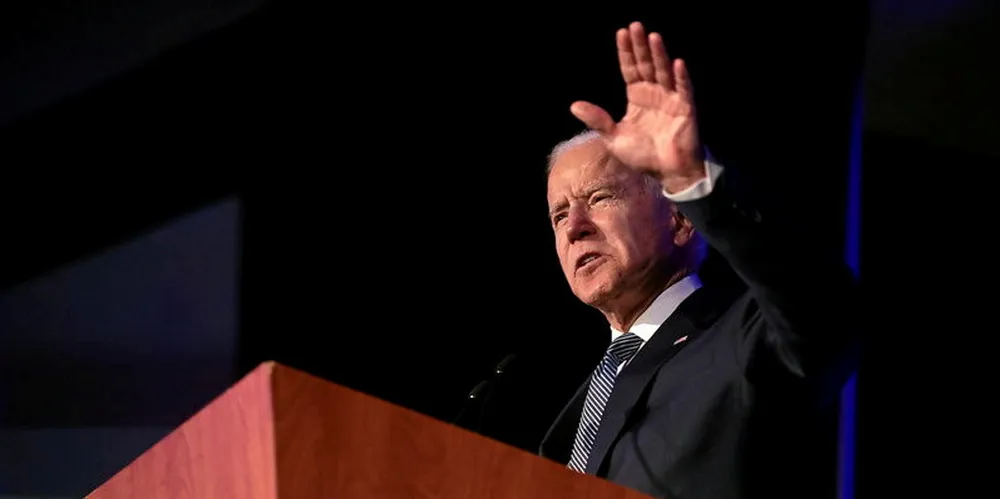Biden salvages compromise $1.75trn Build Back Better bill in US as COP26 looms
Hold-out Democrats Manchin and Sinema sign up to proposed legislation stripped of provisions to phase out fossil fuels, but which might make it possible to slash America's emissions by 50-52% by 2030

US President Joe Biden looks set to arrive in Scotland on the weekend for the COP26 climate conference with a $1.75tr compromise version of his Build Back Better framework bill, following last minute negotiations with Democrat hold-outs finally yielded an agreed scope for the proposed legislation.
Joe Manchin of West Virginia and Krysten Sinema of Arizona, the two centrist Democrats who threatened to derail Biden’s climate action-focused bill, finally came on board with the administration to approve a plan stripped of some of its key original elements, including provisions aimed at phasing fossil fuels out of the US’ power generation mix, but which might make it possible to slash total emissions by 50-52% by 2030.
“This framework makes the most significant investment to deal with the climate crisis to ever happen, beyond any other advanced nation in the world,” Biden said at a broadcast press conference. “And we will do it in ways that grow domestic industries, create good paying union jobs, address longstanding environmental injustices as well.”
The Build Back Better framework includes $555bn in tax credits, investments and other incentives aimed at boosting renewable energies such as solar and wind, tax credits of up to $12,500 for the purchase of electric vehicles, and even the creation of a 300,000-person strong “civilian climate corps”.
Renewable energy industry bodies applauded Congress for reaching this compromise solution but also raising concerns that the bill doesn’t go far enough.
“The Biden administration has laid out an ambitious, comprehensive approach to climate change policy that recognizes renewable energy’s ability to grow America’s economy, create good-paying jobs, a cleaner environment, and a more prosperous and equitable future.”
The bill has not yet been voted on, and with Democrats holding only a slim majority in the House and an evenly split Senate, the administration needs universal party-line support for it to pass.
There are currently 1.7 million acres (688,000 hectares) under lease on the federal outer continental shelf spread across 16 zones. This translates to 21GW of potential capacity for those lease areas using the National Renewable Energy Laboratory’s power density calculator for offshore wind.